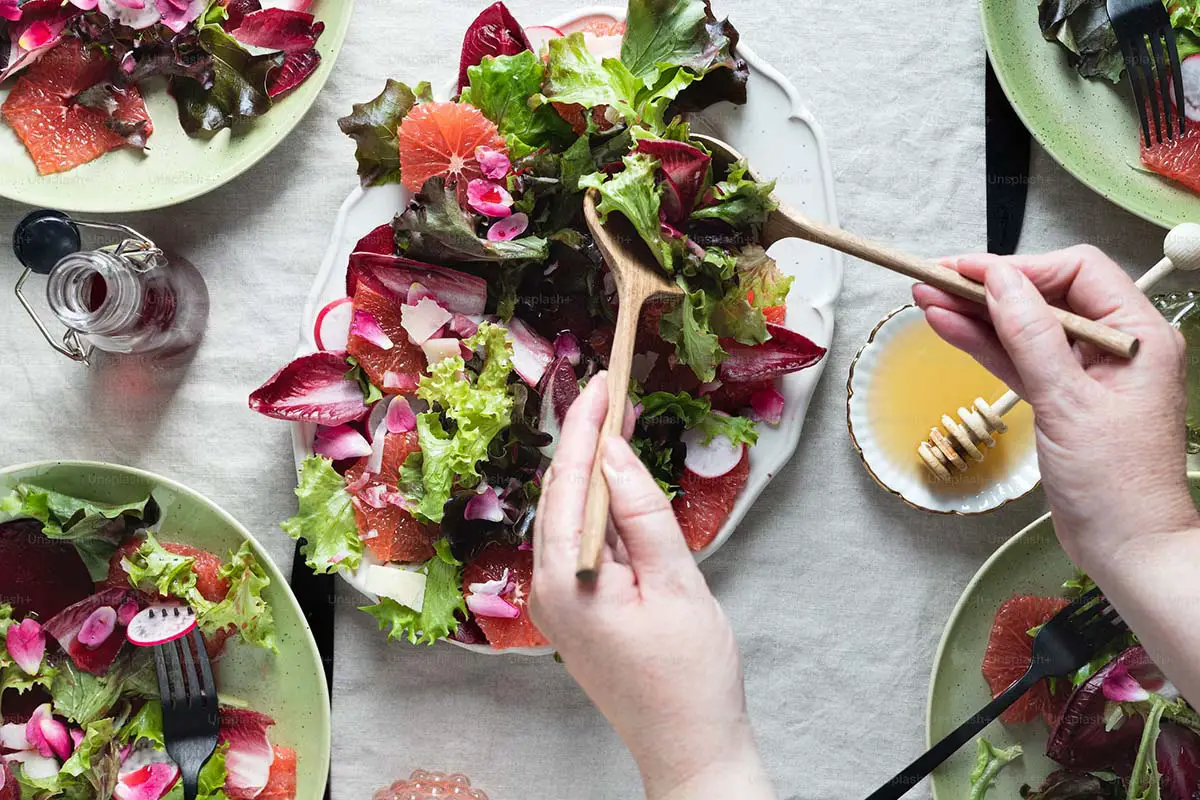
Newsletter Subscribe
Enter your email address below and subscribe to our newsletter

Enter your email address below and subscribe to our newsletter

I’d say mastering the art of salad dressing is as crucial as landing a flawless soufflé. It might seem small, almost trivial, but believe me, it’s what separates the good from the truly divine in the kitchen.
From the humble vinaigrette that whispers elegance to the more labyrinthine concoctions that burst with complexity, each dressing sings a different tune. The maestro conducting this symphony? An unassuming hero called the emulsifier.
The emulsifier is the unsung hero behind every great dressing. It’s the harmonizer, the mediator, the one that convinces oil and vinegar that they really can get along, resulting in a beautifully creamy and smooth liaison that elevates your salads from simple to sublime.
Together, we’ll explore the alchemy that makes a dressing smooth and divine every single time. Let’s unlock the secrets to creating that perfect, silky texture that makes every salad an occasion.
In This Article

Before we dive into the best emulsifiers for salad dressing, let’s first talk about what emulsifiers are and what they do.
Emulsifiers are molecules that help bring together two ingredients that don’t normally mix, like oil and water.
In salad dressing, emulsifiers help suspend all the ingredients together so you get a consistent texture and flavor in every bite.
Egg yolks are one of the best emulsifiers for salad dressing, especially for creamy dressings like Caesar or Ranch.
They’re rich in lecithin, which helps the oil and water stay blended together. Plus, the egg yolks add a creamy richness that is hard to achieve with other emulsifiers.
Mustard is another great emulsifier for salad dressing, particularly for vinaigrettes.
The acid in the vinegar and the tannins in the mustard work together to create a stable emulsion.
Mustard also adds a nice tang to the dressing that complements greens like arugula, spinach, and kale.
Honey is a natural emulsifier that adds a touch of sweetness to salad dressing. It’s especially good in vinaigrettes made with balsamic or Champagne vinegar.
Just be sure to whisk the honey well with the other ingredients to make sure it fully emulsifies.
Xanthan gum is a vegan emulsifier made from fermented sugar. It’s often used in commercial salad dressings and is a great choice for homemade dressings as well.
Xanthan gum adds a smooth, creamy texture to dressings and helps prevent separation over time.
Now that you know the best emulsifiers for salad dressing, let’s talk about some tips for making sure your dressings turn out perfectly every time.
As a chef, I’ve experimented with countless emulsifiers for salad dressing over the years.
While each emulsifier brings something unique to the table, I’ve found that egg yolks and mustard are my go-to choices for most dressings.
The egg yolks add a luxurious creaminess to creamy dressings, while the mustard adds a nice tang and helps create a stable emulsion in vinaigrettes.
Of course, different dressings call for different emulsifiers, so it’s important to experiment and find the ones that work best for you. With a little practice and the right emulsifiers, you’ll be making perfect salad dressings in no time.
Cornstarch can be used as a thickener for salad dressing, but it’s not a great emulsifier. It can leave a chalky texture in the dressing and doesn’t provide the same smoothness as other emulsifiers.
Homemade salad dressing typically lasts for about a week in the refrigerator, depending on the ingredients used. Dressings made with fresh herbs or dairy may spoil more quickly, so it’s important to use your senses to determine if a dressing has gone bad.